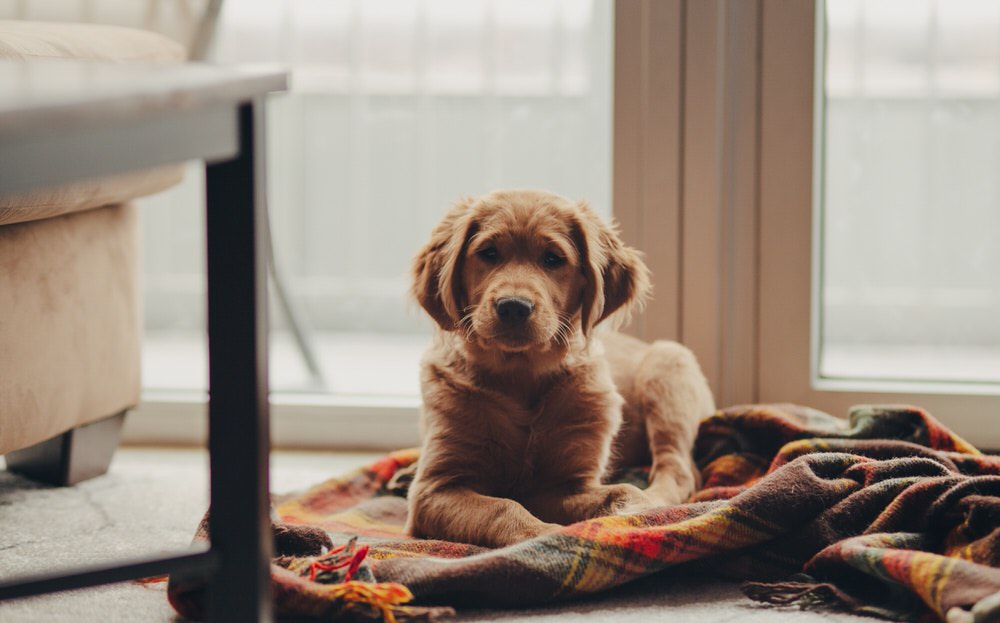The right collar and ID tag combination can keep your pet easy to identify and prevent serious tragedies. Fortunately, collar choices these days are much more comfortable than they used to be, with options like custom martingale collars that are both comfortable and escape-resistant. Likewise, ID tags have also become much more sophisticated, and you should be able to fit multiple lines of information on most tags. Even better, technologies like microchipping and GPS trackers have made finding lost pets easier than ever and reconnected many a human with their beloved family pet.
Still, there’s a lot you stand to learn about outfitting your dog with a proper collar and ID tag combo, especially if you’re a first-time dog owner. Here’s how you should be fitting collars and tags for your first pup:
Choosing the Right Collar
Picking the right collar can do wonders for your pet’s safety, comfort, and trainability. Take these particular steps before purchasing collars for your dog:
1) Measure Your Pet’s Neck
Use a flexible measuring tape or take a piece of string and measure it up against a flat ruler to get an accurate reading of your pet’s collar size. There should be at least a couple of fingers’ worth of slack between their neck and the collar to prevent choking or chafing. Consider sizing up between 1 inch and 3 inches to ensure a comfy, but still secure fit.
2) Choose an Appropriate Width
Larger breeds generally need wider collars for comfort. Where a Maltese might need something with a 3/8-inch width, a Rottweiler may need a collar that’s at least 1 inch wide. While even wider collars are a good option for some breeds, don’t choose a collar that’s so wide that your pet will have trouble turning their neck from side to side.
3) Check Puppies’ Neck Measurements Often
Puppies can grow unbelievably fast, and they can also outgrow a properly fitted collar in just a month or so. Collars for puppies should have a reasonable adjustment range, and your puppy’s measurements need to be checked at least every couple of weeks.
As a rule of thumb, you shouldn’t be leaving collars on puppies when they’re unattended. Most puppies can be quite rambunctious and the collar may eventually get snagged on something, potentially injuring them. Fortunately, removing their collar daily should avoid accidents while also giving you opportunities to check their current size.
4) Consider Your Pet’s Special Needs
Apart from the previously mentioned martingale collars, there are also flat collars and many other types with special designs. For example, you’ll find rolled leather collars that are designed to not catch fur, preventing mats around a shaggy-coated dog’s neck. You’ll also sometimes spot head collars that partly attach to a dog’s head for training purposes. If your dog has a special need, consider looking into some of these other less-common options.
5) Consider Harnesses for Walking
If your dog is good at loose leash walking, then a collar is a perfectly fine attachment point for a leash. However, a harness is usually a much better choice for walks, especially if your dog is at risk of injuring themselves on their collar or knows how to wriggle out of them.
 What To Put On Your Dog’s ID Tag
What To Put On Your Dog’s ID Tag
Always include these details on your pet’s ID tag. If you only have a limited number of lines available, prioritize the following information, in order:
1) Your Pet’s Name
Alternatively, you can choose to include your name. However, if the pet already responds to their name, having their name on the collar can help the finder comfort them if they’re lost.
2) Your Phone Number
Include your primary phone number so the finder can call or text you about your pet’s whereabouts. If there’s space on the tag, you can specify whether you prefer to be called or texted.
3) Medical Needs
Including basic medical details can increase the finder’s sense of urgency and encourage them to take your dog to a vet if necessary.
4) Microchip Information
Similarly, an indication that your dog has been microchipped may spur the finder to return them immediately.

Nice-to-Have Info
If your collar has the space for it, consider also adding these other details:
1) Your Primary Social Media Account or Email Address
Giving finders more options to contact you may help speed up your dog’s return.
2) A Reward Notice
If you’re concerned that the finder may want to keep your dog, include the promise of a reward for their return.
3) Vaccination Info
A finder who knows that your dog has been vaccinated may be more inclined to stay calm around them.
4) Spay/Neuter Details
If your dog is an expensive breed, including this information may deter finders who are considering breeding your dog for money.
5) Personal Message
Lastly, a simple call to action like “text my dad if I’m lost” can encourage prompt returns.
Collars and ID tags are more than just cute accessories. They play a very important role in keeping your dog safe, especially from people who may not always have the best intentions. Follow these collar and tag tips to ensure that your dog lives a much safer, more comfortable life under your care
LOOKING FOR MORE INFO ON OWNNG A DOG?
If your looking for more information about owning a dog or getting your first puppy then here are a few of our other dog blog posts for you to check out
- Essential Shopping List for Bringing Home a New Puppy
- How To Keep Your Puppy Healthy Between Vet Visits
- Important Considerations You Need to Think About Before Getting a Dog
- Caring For Your First Canine Friend: A Guide To Help Keep Your Dog Happy And Healthy
- The 3 Helpful Tips To Improve Your Dog’s Gut Health
HAVE YOU ENJOYED THIS POST AND FOUND IT USEFUL? HERE ARE SOME WAYS YOU CAN SAY THANKS AND SUPPORT TWO HEARTS ONE ROOF
- Pin this post to Pinterest using the Pinterest image provided
- Leave me a comment
- Share this post with friends on Facebook or Twitter
- Buy me a cuppa
- Follow us on Facebook or Instagram (interact with our posts if you see them, a simple like or comment is a huge help with algorithms)
- Buy one of our Forever Loved Star Pin badges to help support our Stars For Ebben Fund

 What To Put On Your Dog’s ID Tag
What To Put On Your Dog’s ID Tag